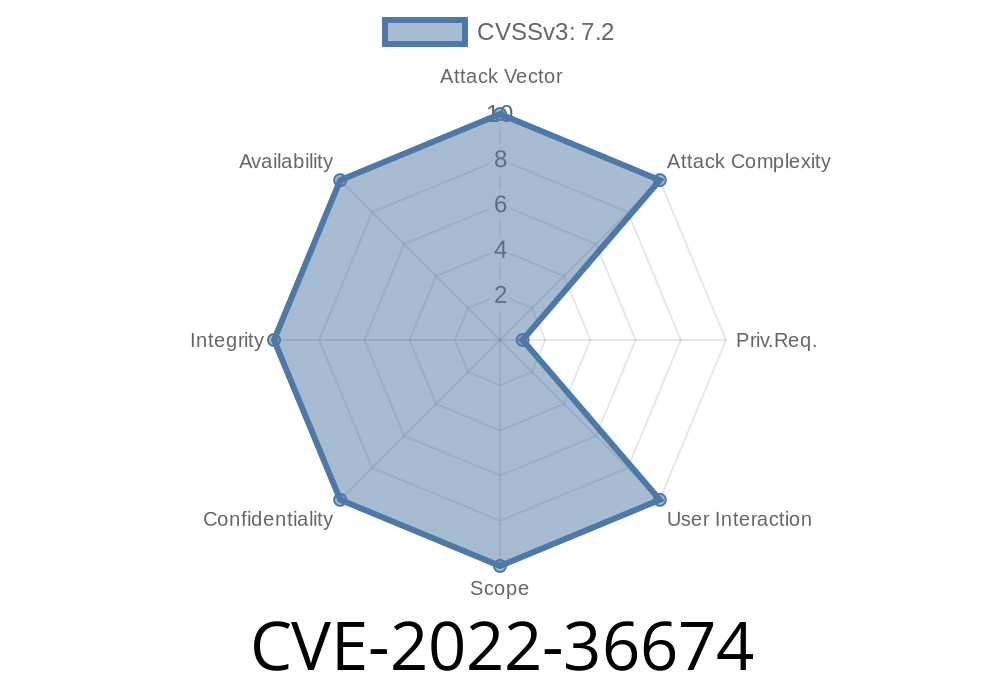A hacker can inject arbitrary SQL codes in the id parameter to inject SQL codes that may delete, insert, update, or retrieve data. If you are using custom SQL injection codes, you may also inject code that locks your site or reverses the data.
Furthermore, Simple Task Scheduling System v1.0 was also found to contain a CSRF vulnerability that may allow hackers to perform various actions on your site, such as deleting or modifying data.
If you have logged in to your site, a hacker may be able to perform actions as administrator.
Another critical vulnerability found in Simple Task Scheduling System v1.0 is a cross site request forgery (CSRF) vulnerability.
CSRF (Cross Site Request Forgery) Vulnerability
A cross site request forgery (CSRF) vulnerability allows a hacker to perform actions with the user's account when they have logged in to their site. This can be done by stealing or browsing the victim's session token, or by tricking them into clicking on a malicious link.
If you are using Simple Task Scheduling System v1.0, and have logged in, it is important that you check your logs for suspicious activity and revoke any unauthorized access to your account as soon as possible.
CSRF Attack
- How Does It Work
A CSRF attack is when a hacker tricks a victim into performing an unwanted task. With this vulnerability, you are vulnerable to hackers performing actions on your site without any user action or interaction. This means that if a hacker performs any of the following actions on your site, they have performed a CSRF attack:
- Delete data
- Modify data
- Update data
- Perform other tasks
CSRF Attacks
A cross site request forgery (CSRF) vulnerability occurs when a hacker tricks a user into making a request to another website. With such vulnerabilities, hackers can perform actions as administrator on your website. Furthermore, if you have logged in to your site, a hacker may be able to perform actions as administrator.
Timeline
Published on: 09/01/2022 03:15:00 UTC
Last modified on: 09/02/2022 20:39:00 UTC
